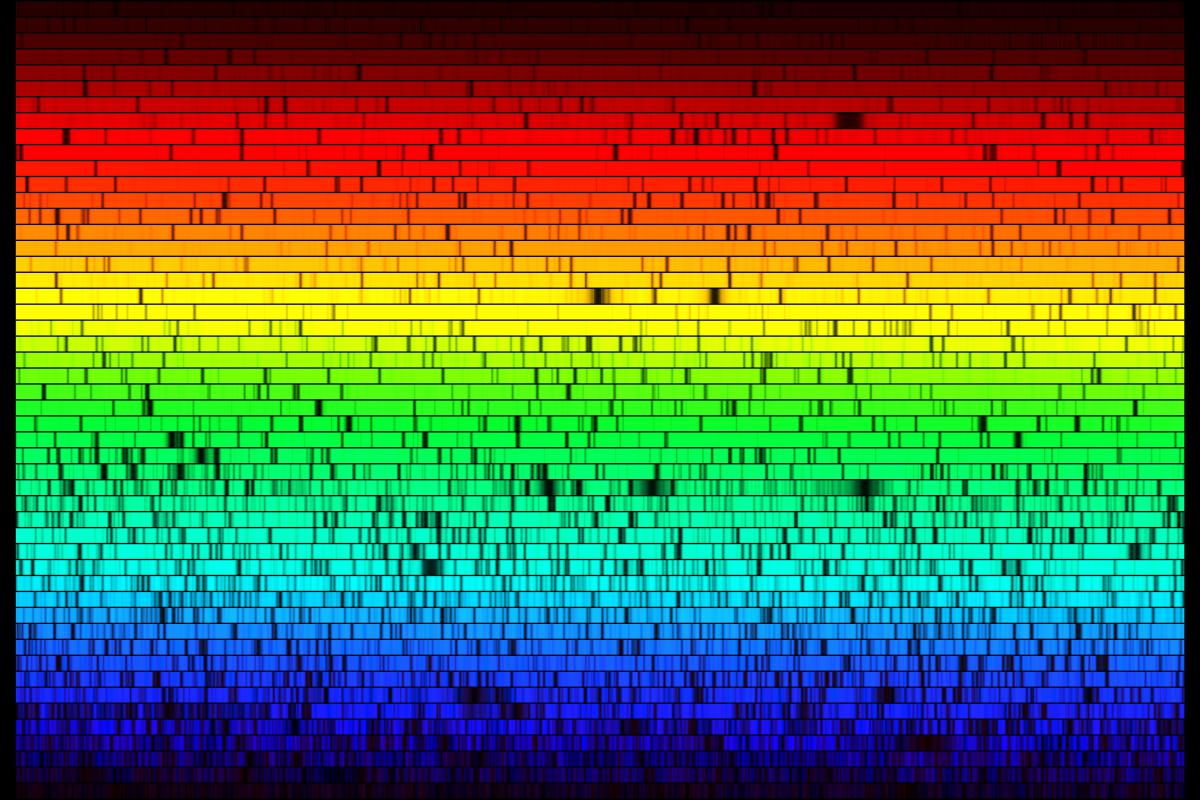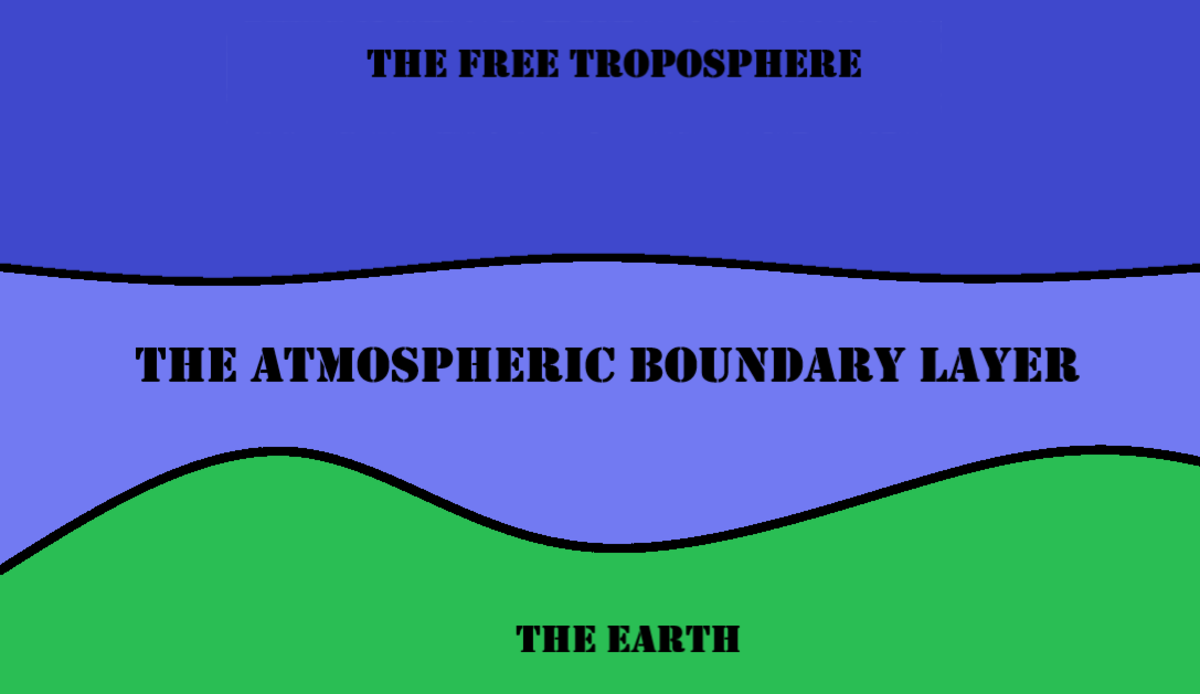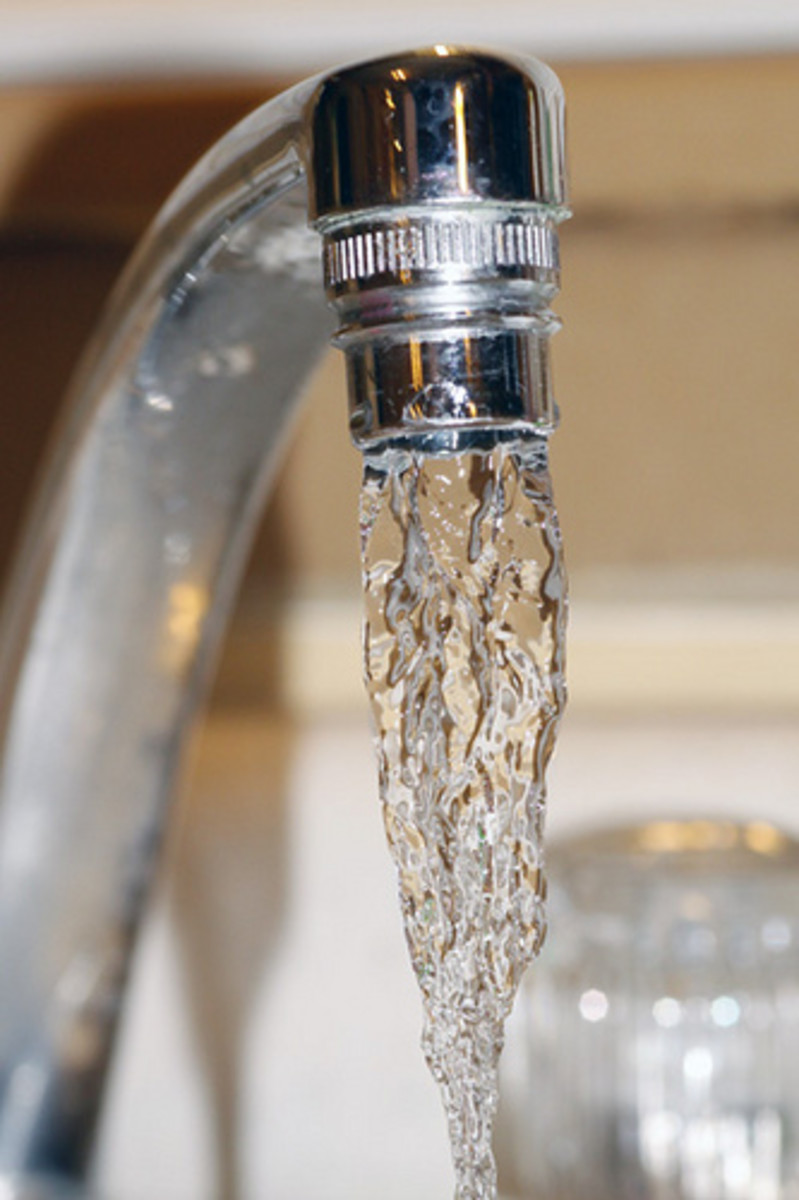Creating Water Out of Thin Air with Atmospheric Water Generators
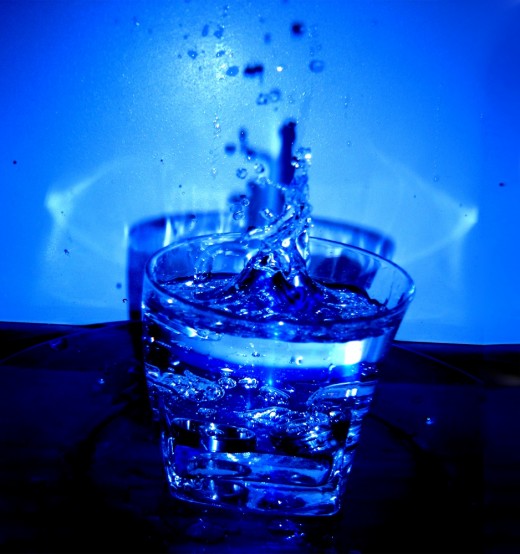
Have you ever heard the saying “water, water, everywhere, but not a drop to drink?” If you’re stranded in the middle the ocean, this phrase will likely become your motto. But if you’re stuck in the middle of a hot dry desert or experiencing a major drought, you may not even realize that there is plenty of water all around you. In fact, most air in Earth's atmosphere contains some amount of water vapor. Even air masses located in the hottest and driest parts of this planet still contain some amount of water vapor. The great news here is that with the use of atmospheric water generators, or drinking water condensers, even small amounts of water vapor can be converted into clean, drinkable water.
Extracting Water from the Air
In 2009, researchers at the Fraunhofer Institute for Interfacial Engineering and Biotechnology IGB in Germanyinventeda new type of water extraction system. This new device uses a circulating brine solution to collect water from the air. The brine is a specially formulated salt solution that can easily pull moisture out of the air. The solution travels down a tower where it can collect even minute amounts of water vapor. Once the water is collected in the brine, it is pumped into a near zero pressure chamber and heated with solar energy. The heat and the vacuum allow the water to evaporate back out of the brine and gather in a water collection tank. The device has already been proven to effectively extract clean drinking water from some of the most arid areas of the planet. What's more is that this machine works on solar energy alone, so no electrical infrastructure is needed. It's completely clean, renewable, and automated
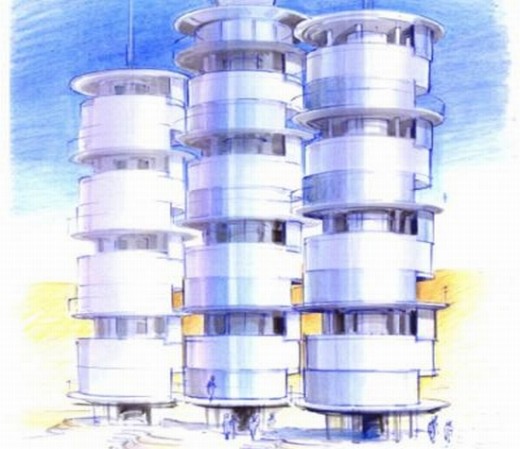
Air to Water Machine
There are several other types of systems available which can extract drinking water from the air. One concept is to allow water vapor in the air to condense onto a cold coil or pan. As the water is condensed, it begins to drip into a collection pan and is accumulated in a container. This method works great in humid climates, but becomes highly inefficient in areas of low humidity. This older technology also requires a significant amount of electricity (compared to the Fraunhofer Device) to keep the system working. At the moment, this method of water extraction is not a completely practical solution to solve the global water crisis. This is especially true in arid climates and areas where there is no power infrastructure. However, if your still looking to cut costs and reduce your water consumption, these devices may still be worth your investment.
There are many companies across the globe that manufacture and sell condenser based water generating technology. Currently, a Texas based company called AquaMaker is manufacturing this type of atmospheric water generator. The website has one commercial/business model available that will cost you about $1800. Another company, Nevada based Terralab, has produced a number of small and large scale atmospheric water generators. Terralab's most famous atmospheric water generators have been their large scale, trailer mounted units. These machines have been used to supply water in disaster situations such as Hurricane Katrina and others. They are apparently very easy to use and have an average efficiency of 32 liters of water produced for every gallon of diesel fuel burned.
Solving our Water Crisis
While these devices are great, none of them have been tried on a very large scale or for long periods of time. The energy use and efficiency limitations associated with the older condenser technology prohibits large scale use. For now, they remain a small and temporary solution to an ever growing problem. Fortunately though, the newer technology developed by the Fraunhofer Institute does provide for a promising future. With more research and testing, large scale implementation of these machines could be possible. One day, it may even be feasible to deploy them to areas of the world where fresh and clean surface water no longer exist.
References and Resources
Fraunhofer-Gesellschaft. Drinking Water From Air Humidity. ScienceDaily. June 8, 2009. <http://www.sciencedaily.com/releases/2009/06/090605091856.htm>
The Future of Things. AquaMaker – Generating Water from Air. December 11, 2007. <http://thefutureofthings.com/pod/1066/aquamaker-generating-water-from-air.html>


